Table of Contents
- Jack Russell at a Glance
- Origin & History
- Appearance & Breed Standard
- Character & Temperament
- Jack Russell Puppies: Socialization & Training
- Daily Care
- Health & Preventive Care
- Training, Activities & Everyday Life
- Nutrition & Weight
- Frequently Asked Questions
- Conclusion
- Jack Russell Terrier Profile
Jack Russell at a Glance
The Jack Russell Terrier is a lively, intelligent, and fearless companion. Originally bred as a working terrier, today he wins over families, active individuals, and dog enthusiasts alike. His compact size is deceiving: this dog has plenty of energy, requires clear rules and regular activities – and in return, he’ll impress you with humor, stamina, and a big heart.

Origin & History
The Jack Russell is named after Reverend John “Jack” Russell from 19th century England, who bred small, agile terriers for fox hunting and going to ground. From this working line, different but closely related types developed. Today, the Jack Russell Terrier is recognized as its own breed, retaining strong hunting instincts but also thriving as an active family dog.
Appearance & Breed Standard
The Jack Russell is small, strong, and athletic. He is built to work underground – compact but never delicate.
- Height: about 10–12 inches (25–30 cm)
- Weight: around 11–17 lbs (5–8 kg)
- Coat: smooth, broken, or rough; weather resistant
- Color: predominantly white with black, brown, or tan markings
- General Impression: alert, energetic, and balanced – without exaggeration
Character & Temperament
Jack Russells are bold, attentive, and highly trainable. They love action, but with proper guidance they are also calm at home. Like many terriers, they have strong hunting and digging instincts, which means recall and impulse control need consistent training. Affectionate, humorous, and surprisingly cuddly – provided both mind and body are well exercised.
Jack Russell Puppies: Socialization & Training
Puppies are curious, quick to get excited, and very smart. That’s why they need early structure, calm boundaries, and positive experiences – without overwhelming schedules.
- Balanced socialization: Short, daily encounters with friendly dogs, people, sounds, and surfaces. Breaks are essential.
- House rules & calm: A set resting place, consistent feeding and sleep routines. Bite inhibition is taught by rewarding gentle mouths and ending play when biting is too rough.
- Basic commands: Teach “sit,” “down,” “stay,” and a reliable recall in 2–3 minute sessions.
- Impulse control: Waiting at the food bowl, doors only opening when paws are on the ground, rewarding eye contact.
- Alone time: Practice short separations and calm returns from the start.
Consistency without harshness, good reward timing, and early training for calmness are the keys to managing that famous terrier energy.

Daily Care
Jack Russells are low-maintenance but require regular basic care.
- Coat: Smooth and broken coats should be brushed weekly; rough coats may require hand-stripping depending on texture.
- Ears, eyes, nails: Check regularly and clean or trim when necessary.
- Teeth: Ideally brushed several times a week; chewing aids and dental treats can help. Learn more in our guide Dog Teeth Cleaning.
Health & Preventive Care
This breed is generally robust, but responsible breeding pays attention to specific health aspects:
- Joints: Patellar luxation can occur; healthy weight and careful growth are important.
- Eyes: Some hereditary eye issues are possible; breeding dogs should be tested.
- Skin & allergies: Occasional sensitivities; high-quality nutrition and parasite prevention are helpful.
Regular vet visits, maintaining a lean body, and balanced exercise are the best health foundations.
Training, Activities & Everyday Life
Jack Russells are fast learners – for better or worse. Clear structure and fun training are essential.
- Obedience: Leash manners, reliable recall, and polite greetings. Short, frequent sessions work best.
- Activities: Nosework, fetch, trick training, basic agility, or mantrailing games. Variety keeps them engaged.
- Outdoor safety: Use a long line in areas with wildlife. A well-fitted dog collar and sturdy dog leash provide control without restricting their energy.
Everyday life works best when energy is channeled: exercise first, then mental work, then rest. Rituals help create reliability – for both dog and human.
Nutrition & Weight
The Jack Russell is an active dog that needs a balanced, protein-rich diet. Portions should be based on daily activity levels, and treats counted into the overall calorie intake. A lean body keeps joints healthy and ensures stamina.
Frequently Asked Questions
Can a Jack Russell live in an apartment?
Yes – as long as he gets daily exercise, mental stimulation, and set resting times. A yard is no substitute for training.
Are they good with kids?
Usually yes, as long as children learn respectful rules and interactions are supervised at first.
Can a Jack Russell be left alone?
Yes, with gradual training. Consistent routines, proper exercise, and calm departures and returns are important.
How much exercise do they need?
About 1.5–2 hours spread throughout the day, plus mental challenges and short training sessions.
Conclusion
The Jack Russell Terrier is a small athlete with a big heart: brave, eager to learn, and always ready for adventure. With leadership, structure, and regular rest, he becomes a cheerful companion – full of character, fun, and loyalty both on the trail and on the couch.

Jack Russell Terrier Profile
| Origin | United Kingdom |
| Height | about 10–12 in (25–30 cm) |
| Weight | 11–17 lbs (5–8 kg) |
| Coat | smooth, broken, or rough; mostly white with markings |
| Character | lively, brave, people-oriented, eager to learn |
| Good for Beginners | conditionally – only with consistent training and enough time for exercise |
| Exercise Needs | high – daily activity plus mental stimulation |
| Care | low to medium – depending on coat type |
| Health | generally robust; watch for patellar luxation and eye issues |
| Life Expectancy | about 12–15 years |











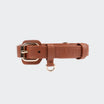


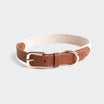



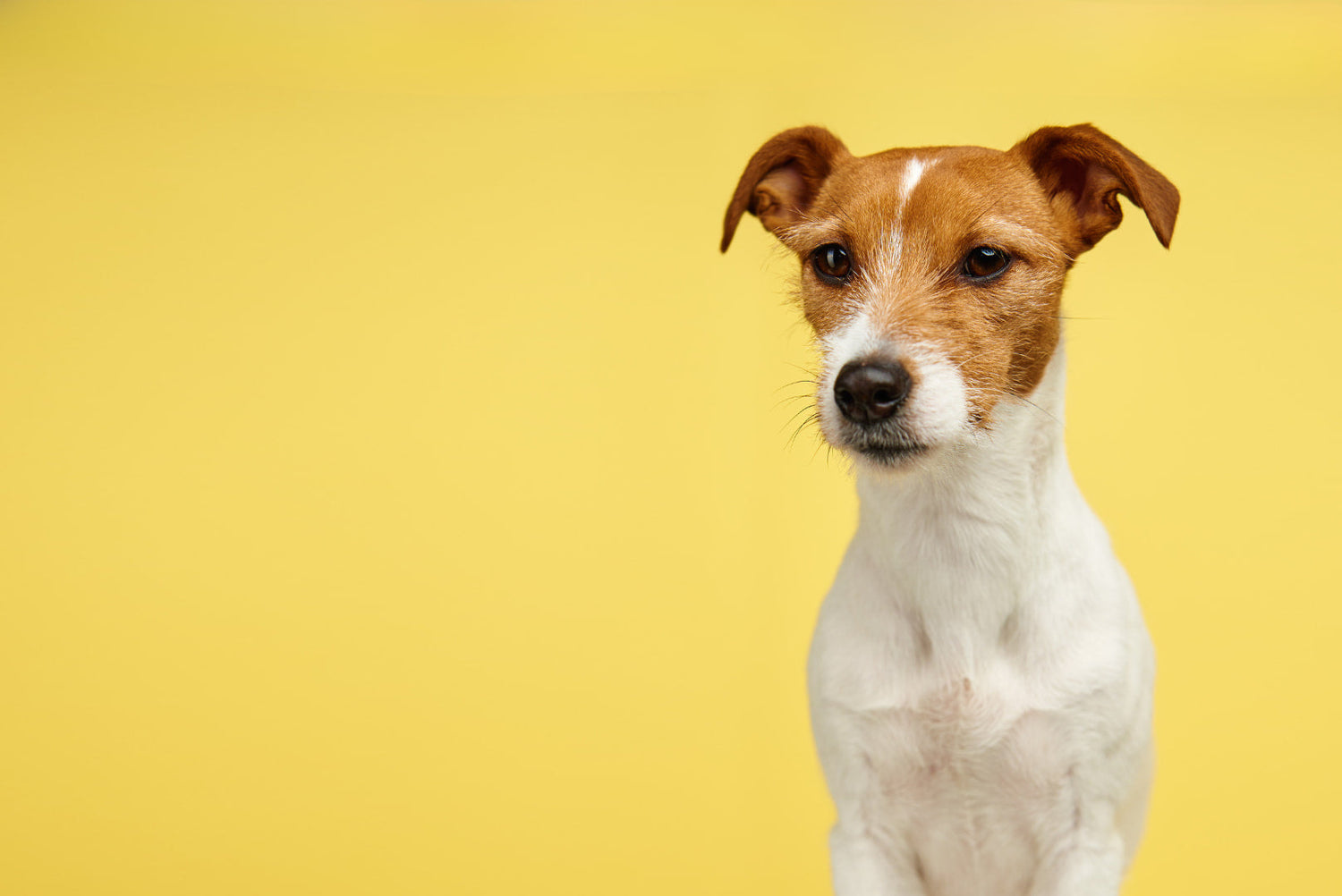
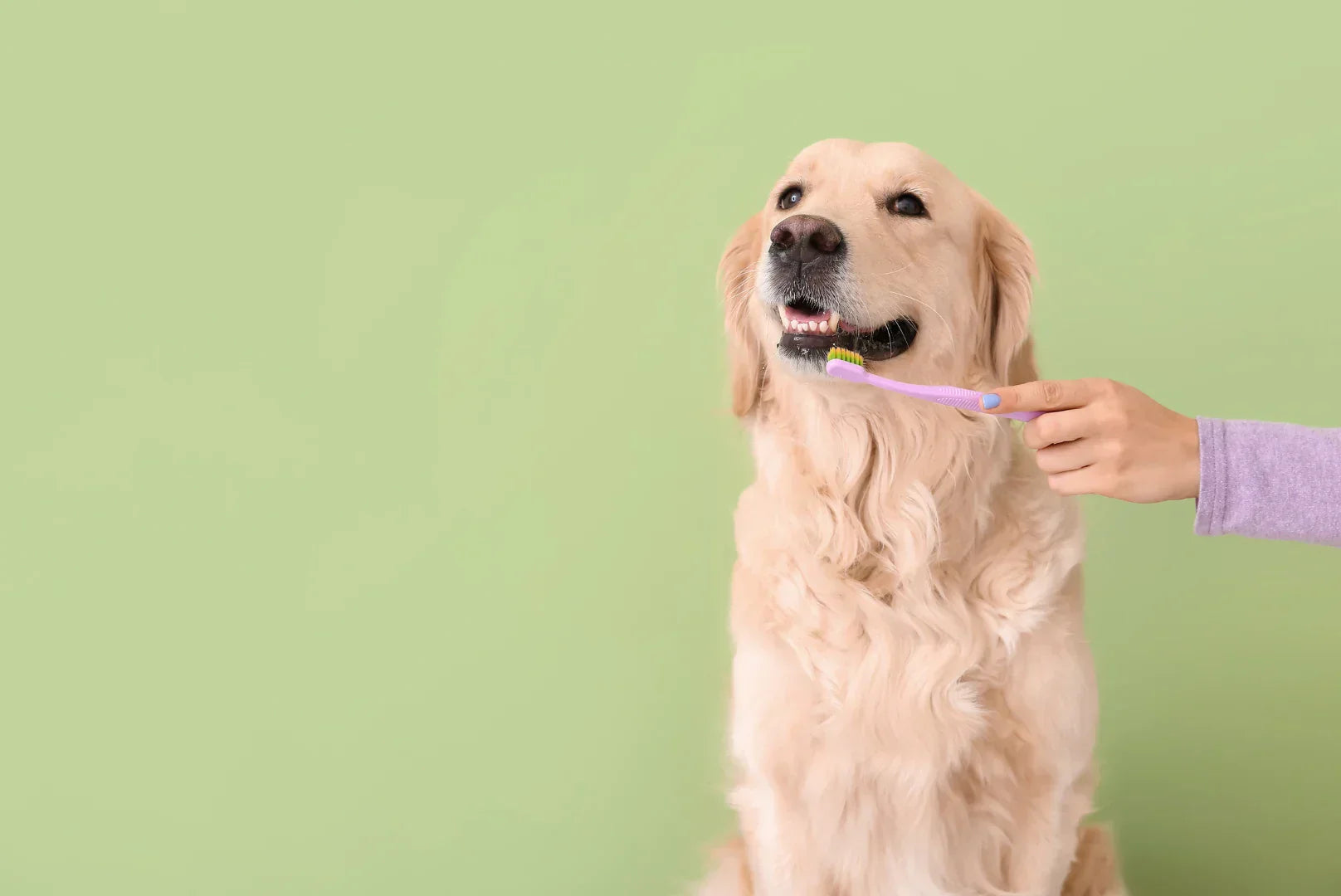
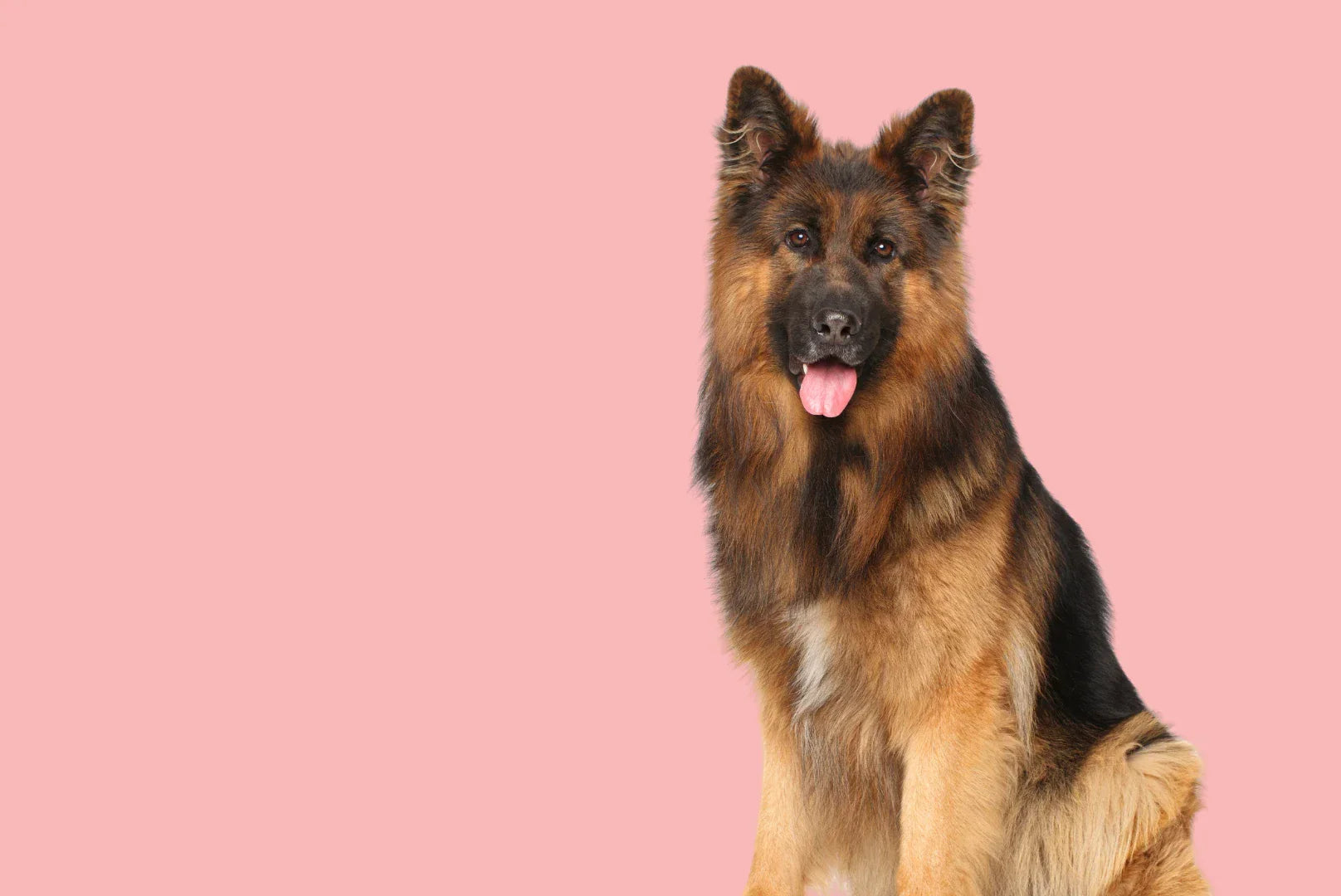


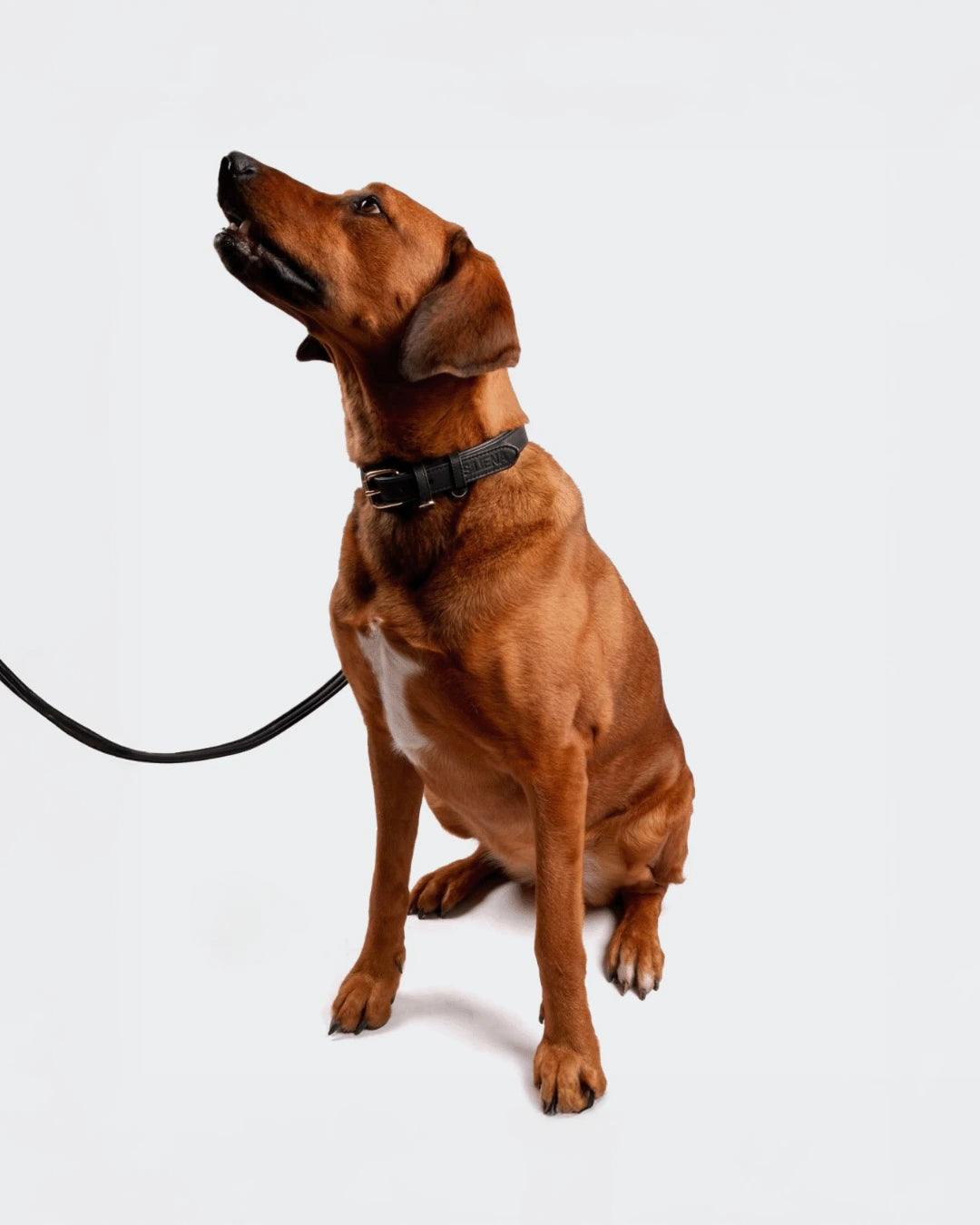
Leave a comment
This site is protected by hCaptcha and the hCaptcha Privacy Policy and Terms of Service apply.